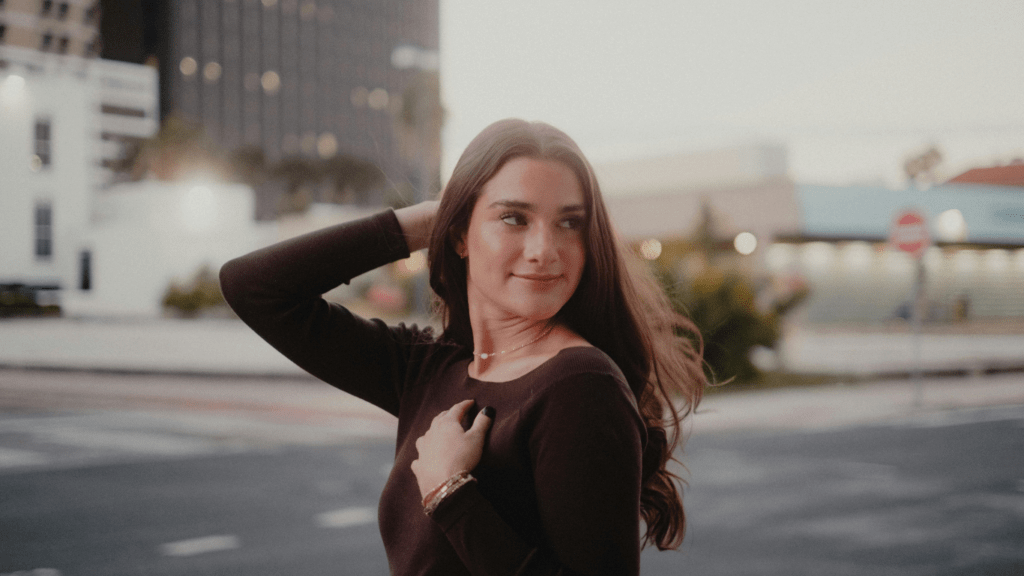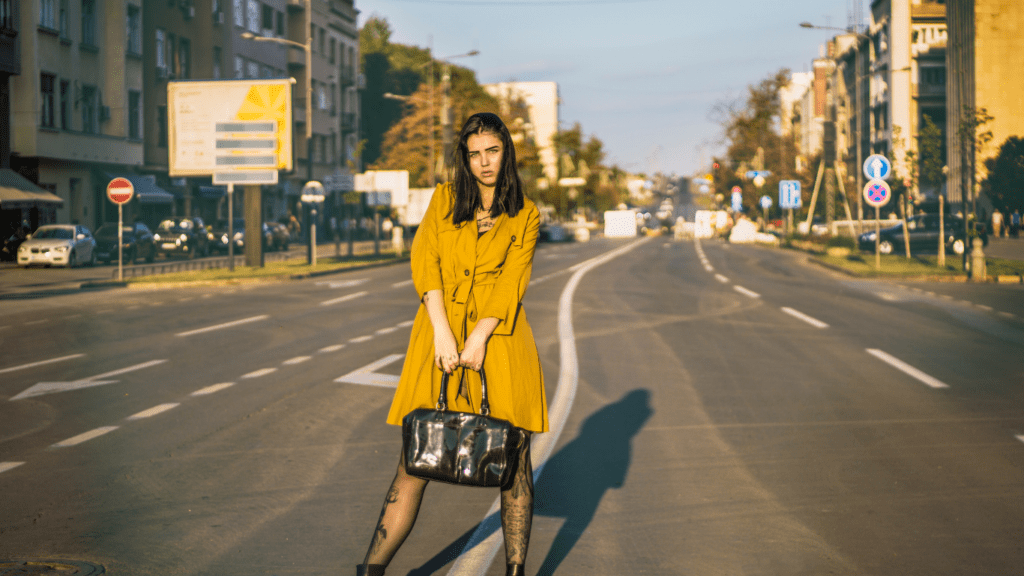As an art enthusiast, I’ve witnessed the fascinating evolution of portraiture in contemporary art. From traditional representations to avant-garde interpretations, artists have continually pushed boundaries, redefining how we perceive and interact with portraits. In today’s art world, portraiture goes beyond mere likeness, capturing emotions, narratives, and societal commentary in innovative ways.
Contemporary artists are embracing diverse mediums, styles, and techniques to breathe new life into portraiture, reflecting the complexities of modern existence. Through digital art, mixed media, and conceptual approaches, portraits now serve as powerful vehicles for exploring identity, diversity, and the human experience. The dynamic nature of contemporary portraiture not only challenges conventional norms but also invites viewers to engage with art on a deeper, more introspective level.
Defining Contemporary Art and Portraiture
What Is Contemporary Art?
Contemporary art refers to the art produced in the present period, encompassing a diverse range of styles, techniques, and mediums. It reflects the societal, cultural, and political landscapes of today, often challenging traditional boundaries and perceptions. Within contemporary art, there is a constant exploration of new ideas, concepts, and forms, breaking away from the constraints of established norms.
Key Characteristics of Contemporary Portraiture
Contemporary portraiture in art is characterized by its innovative and unconventional approach to capturing the essence of individuals. Artists in this genre often go beyond physical likeness, delving into emotions, narratives, and symbolic representations. They use a variety of mediums such as digital art, mixed media, and conceptual techniques to push the boundaries of portraiture. Contemporary portraits serve as powerful vehicles for exploring themes of identity, diversity, and the complexities of the human experience, offering viewers a deeper connection to the artwork.
Historical Context of Portraiture in Art
In exploring the historical context of portraiture in art, it is fascinating to witness the transformation from classical portraits to modernism. Classical portraits were predominantly realistic representations aimed at capturing the physical likeness of individuals. As artists delved into modernism, they began to experiment with abstract forms, colors, and compositions, breaking away from traditional norms to express deeper emotions and concepts within their portraiture.
Moving forward, the advent of photography marked a significant turning point in the realm of portraiture. With the rise of photography, artists found themselves liberated from the strict confines of realistic representation, leading to a shift in artistic focus. The immediacy and accuracy of photography influenced artists to explore new ways of capturing human subjects, prompting a reevaluation of the purpose and essence of portraiture in art. This shift paved the way for artists to delve into more conceptual and symbolic representations, transcending mere physical likeness to convey complex narratives and emotions within their work.
Pioneers of Contemporary Portraiture
Influential Artists and Their Techniques
Exploring the pioneers of contemporary portraiture reveals a diverse range of artists who have left a lasting impact on the genre. Artists like Chuck Close, known for his photorealistic portraits created through intricate grid techniques, have redefined the traditional approach to capturing likeness. Close’s large-scale portraits offer a nuanced exploration of the human face, emphasizing the intricate details that make each individual unique.
Another influential figure, Kehinde Wiley, has gained prominence for his vibrant and unconventional approach to portraiture. By merging classical poses with modern-day subjects, Wiley challenges traditional power dynamics and representation in art. His works often feature young people of color in grandiose settings, reimagining traditional European aristocratic portraiture through a contemporary lens.
Integration of Technology in Portraiture
The integration of technology in contemporary portraiture has opened up new avenues for artistic expression and experimentation. Artists like Rafael Lozano-Hemmer utilize digital technologies to create interactive and dynamic portraits that respond to the viewer’s presence. By incorporating elements such as facial recognition software and data visualization, these portraits push the boundaries of traditional static imagery.
Advancements in digital art tools have also allowed artists to explore innovative techniques in portraiture. From 3D modeling to virtual reality experiences, artists are leveraging technology to create immersive and engaging portraits that redefine the viewer’s relationship with the artwork. This fusion of art and technology not only expands the possibilities of portraiture but also challenges conventional notions of representation and identity in contemporary art.
Trends and Techniques in Modern Portraits
Exploring the evolving landscape of modern portraiture reveals a dynamic interplay of trends and innovative techniques. Let’s delve into the realm of contemporary art to uncover the captivating practices reshaping the way portraits are envisioned and created.
- Use of Mixed Media
In contemporary art, artists are increasingly embracing the use of mixed media to add depth and complexity to their portrait creations. By combining traditional materials like paint and pencil with unconventional elements such as found objects, fabrics, and digital elements, artists can imbue their portraits with unique textures, layers, and dimensions. This eclectic approach not only challenges traditional notions of portraiture but also allows artists to explore a diverse range of expressive possibilities, blurring the boundaries between different artistic disciplines. - Digital and Interactive Portraits
The digital age has heralded a new era of portraiture, where artists are leveraging technology to create interactive and dynamic portraits that engage viewers in unprecedented ways. Digital portraits enable artists to experiment with form, color, and movement, transcending the constraints of traditional static imagery. By infusing elements of interactivity, such as motion sensors, augmented reality, or multimedia components, artists can invite viewers to actively participate in the portrait experience, fostering a deeper connection and dialogue between the artwork and its audience. This fusion of art and technology not only redefines the very notion of portraiture but also opens up exciting possibilities for exploring identity, representation, and storytelling in the digital age.



